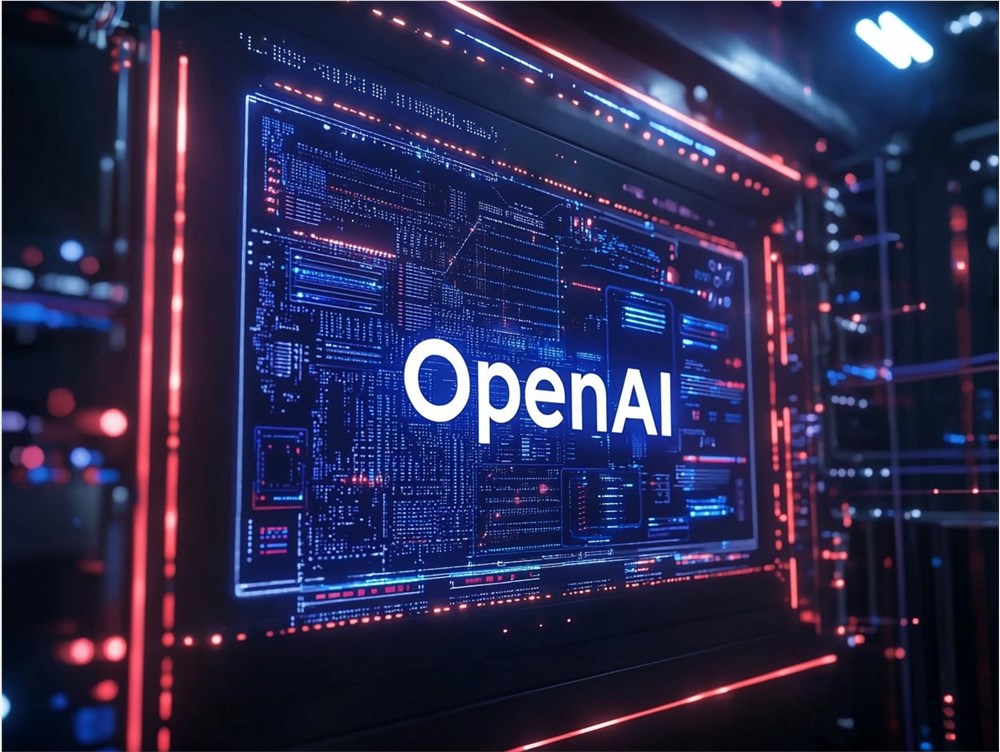Recently, the Cyberspace Administration of China and the National Development and Reform Commission jointly issued the "Guidelines for the Deployment and Application of Artificial Intelligence Large Models in the Government Sector," a guiding document aimed at helping government departments safely and steadily advance the application of artificial intelligence technology. The purpose of these guidelines is to provide clear direction and basic references for all levels of government departments, ensuring the effective use of artificial intelligence.
The guidelines emphasize that government departments can focus on multiple high-frequency needs such as government services, social governance, office work, and auxiliary decision-making, and combine them with local conditions to choose typical scenarios for AI large model application exploration. This means that各地 (various regions) can implement artificial intelligence technology according to their own characteristics and needs, thereby improving the efficiency of government work.

Image source note: The image was generated by AI, and the image licensing service provider is Midjourney
The guidelines also point out that the "one region construction, multiple regions and departments reuse" model should be adopted to avoid independent development by various regions and departments, thus preventing the formation of "model islands." This will help achieve effective resource sharing and enhance the overall efficiency of intelligent government services. In addition, during the process of promoting AI technology applications, government departments must reasonably balance the reduction of workloads and empowerment to prevent the phenomenon of digital formalism.
Notably, to ensure the safety of AI applications, the guidelines suggest establishing a comprehensive management system throughout the entire cycle, clarifying the application methods and boundaries, ensuring that AI large models remain in a "supportive" position, and effectively preventing potential risks such as model "hallucinations." These management measures will help government departments better control AI technology and avoid situations where technology pursuit leads to loss of control.
With the release of these guidelines, future government work will become more intelligent and efficient. Government departments not only will use AI to improve service quality but also bring a more convenient experience to the public. It is foreseeable that artificial intelligence will play an increasingly important role in the government sector in China.










